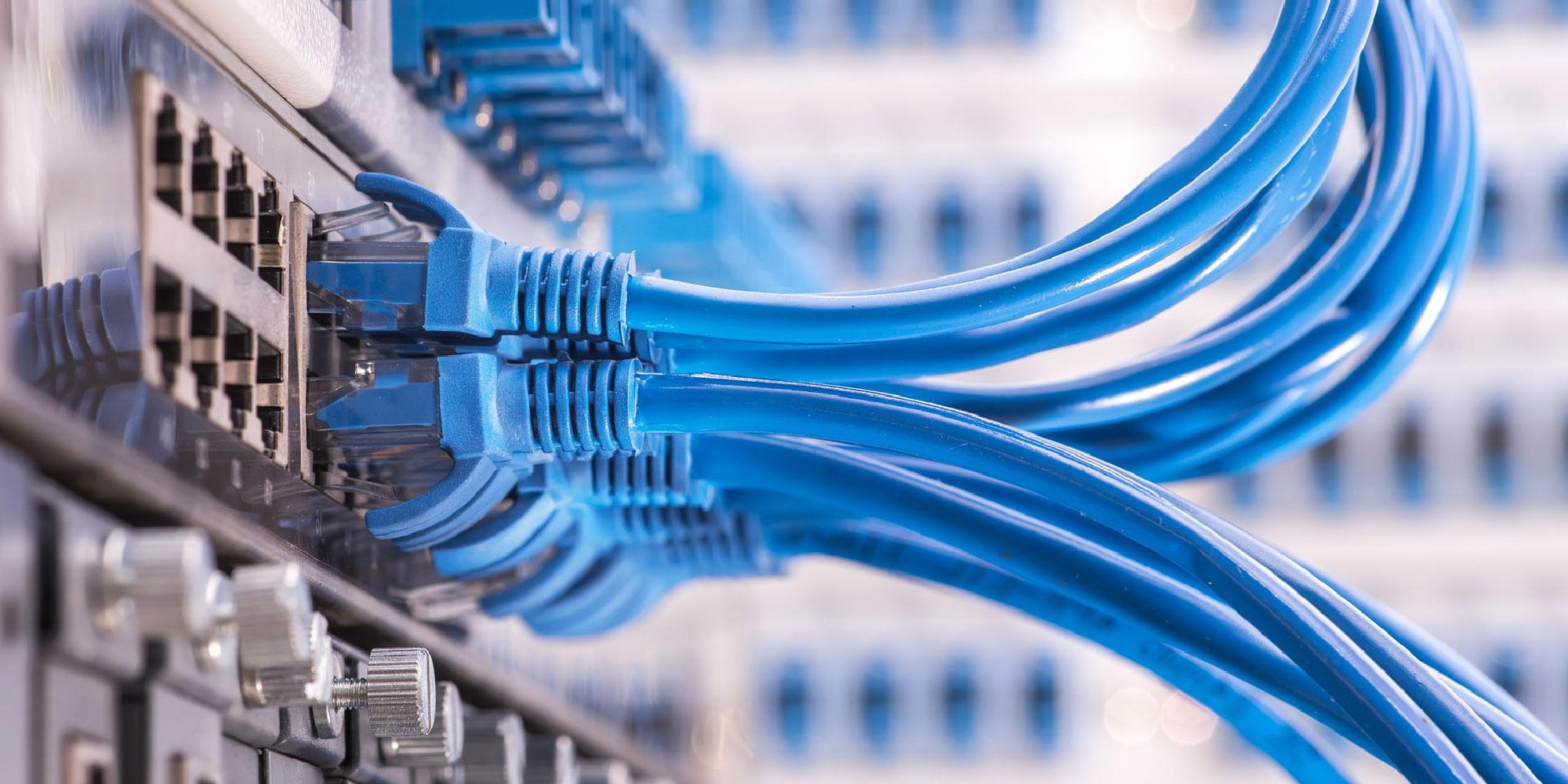
In the digital age, where connectivity is paramount, understanding the intricacies of network infrastructure is essential for businesses and individuals alike. Network infrastructure forms the backbone of communication, enabling the seamless flow of data between devices. This article delves into what network infrastructure is, explores the components of wireless network infrastructure, and learn how this intricate system works.
Defining Network Infrastructure
Network infrastructure refers to the combination of hardware, software, cabling, and protocols that facilitates communication and data exchange within a computer network. This infrastructure can be both wired and wireless, creating a complex web that connects devices, such as computers, servers, and other peripherals.
Components of Wireless Network Infrastructure
-
Wireless Access Points (WAPs): Wireless Access Points serve as the gateways connecting wireless devices, like laptops and smartphones, to the wired network. These devices enable the extension of network connectivity beyond traditional wired boundaries.
-
Routers: Routers manage data traffic within a network and serve as the connection point between different networks. In wireless infrastructure, they play a crucial role in directing data between devices and the internet.
-
Switches: Switches are integral for creating a wired network infrastructure, interconnecting devices within a local network. They manage data traffic efficiently by forwarding data only to the device intended to receive it.
-
Network Cables: While wireless connectivity is prevalent, network cables, such as Ethernet cables, are still fundamental for wired connections. They physically link devices and provide a reliable means of data transmission.
-
Wireless Protocols: Protocols like Wi-Fi govern wireless data transmission standards. These protocols ensure devices can communicate seamlessly within the wireless network infrastructure, adhering to standardized rules.
How Wireless Network Infrastructure Works
Ready to Upgrade your Network Infrastructure?

Explore Network Infrastructure Solutions
A properly installed network gives you the ability to see the location, motion, and state of enterprise assets, people, and transactions. Our team can help you seize the power of today’s technology to convert the physical into digital intelligence ultimately, changing your outlook and your outcomes. We’ll work with you and your IT team to ensure seamless connectivity and integration across various devices, so you can have efficient communication and real-time data exchange. With our expertise and cutting-edge networking solutions, we’ll empower your organization to improve outcomes and accelerate its innovative capabilities.
We’re Here to Help
Contact us to Start the Modernization Process
Looking for more information about a specific technology solution? Feel free to ask us about pricing, data sheets, and demos, or schedule a free in-person/online consultation for strategic guidance from one of our experts.
Fill out the inquiry form or contact us to start the process.









